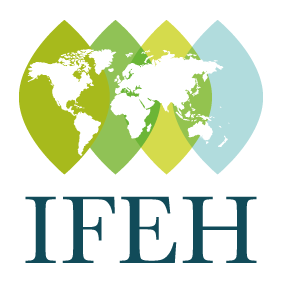WORKPLACE MANAGEMENT OF BIOLOGICAL RISK DURING COVID-19 (SARS-COV-2) PANDEMIC
Keywords:
biological risk, COVID19, risk assessment, OSH practiceAbstract
Background: The COVID-19 global pandemic brought several challenges to occupational safety and health practice. There is, however, a potential knowledge gap regarding the practical feasibility and impact of the (re)assessment of the occupational risks, particularly, biological risks in this context.
Aim: The purpose of this work is to present a qualitative biological risk assessment method and to provide guidance to occupational and environmental safety and health practitioners when conducting a biological risk assessment.
Methods: The main steps of the biological risk assessment are explained with some inputs regarding the novelty posed by SARS-CoV-2 and a biological qualitative risk assessment method is presented and applied to two different activities – wastewater treatment plant and a symphonic orchestra.
Results: In both cases, the assessment considered that vulnerable workers were working from home or in medical leave. The results showed low or medium risk level for the assessed tasks. For medium risk level, additional controls are advised, such maintain social distancing, sanitize instruments/equipment before use, use proper and well-maintained PPE (when applicable), and promote awareness sessions to spread good practices at work.
Conclusion(s): Employers must be aware of their obligations regarding biological risk assessment and OSH practitioners must be prepared to screen and link the abundance of scientific evidence generated following the outbreak, with the technical practice. This work could be an important contribution to OSH practice since it highlights the need to (re)assess occupational risks, especially biological risk, to ensure safe conditions at work, providing technical guidance.
Presenter e-mail: caa@ess.ipp.pt


